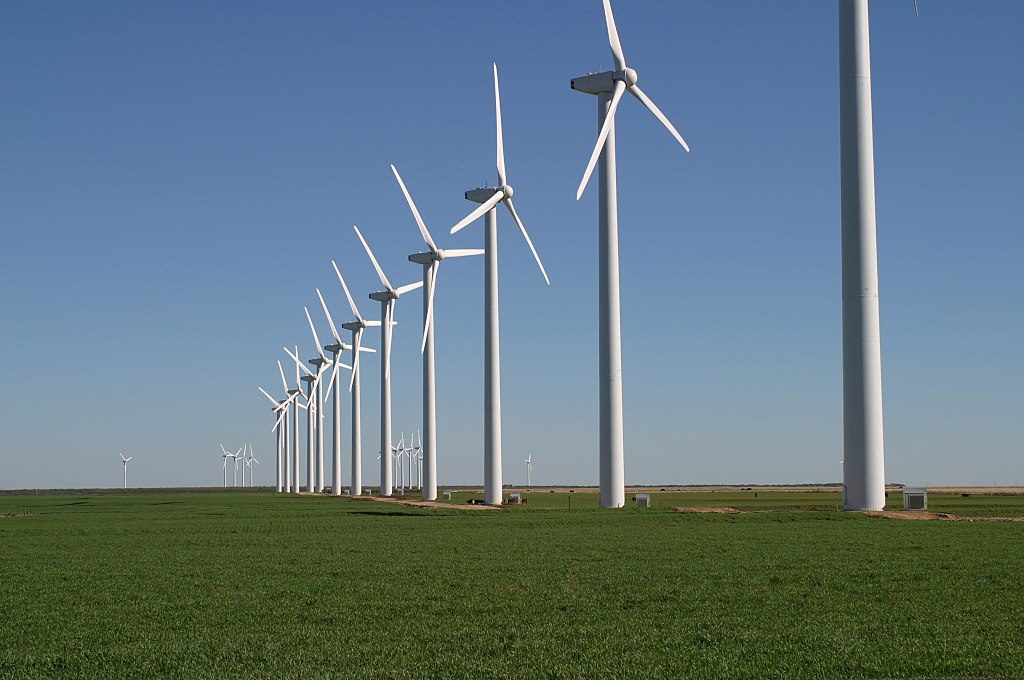Engineers create means to design larger, lighter wind-turbine blades

Two engineers at Texas A&M are creating new tools to build larger, lighter blades for wind turbines using tensegrity principles with a grant from the National Science Foundation.
Raktim Bhattacharya and Robert Skelton in the Department of Aerospace Engineering, College of Engineering, are developing a suite of theoretical and computational tools for the design of high strength-to-weight wind turbine blades with custom aeroelastic properties that are critical for deploying large wind turbine blades.
Wind power is one of the fastest-growing sources of new electricity supply and the largest source of new renewable power generation. The wind power industry is moving to offshore sites where larger wind turbines can be deployed. As the rotors become larger, the blades must become longer, but remain lightweight, strong and stiff.
Currently, fiber-reinforced polymer composites have been identified as the best material for rotor blades. Use of these composites poses some challenges, including design analysis, manufacturing, vibration control, structural health assessment and transportation.
The theoretical and computational tools the team is designing will significantly alleviate some of these challenges and provide a feasible path to address the proposed expansion to increase energy generation from 40 gigawatts in 2012 to 400 gigawatts in 2050 in the United States.
The tensegrity-based design of wind turbine blades has several advantages, including accurate modeling, aeroelastic tailoring, optimal sensing for structural health monitoring and the ability to contract to a smaller form to make it easier to deploy.

